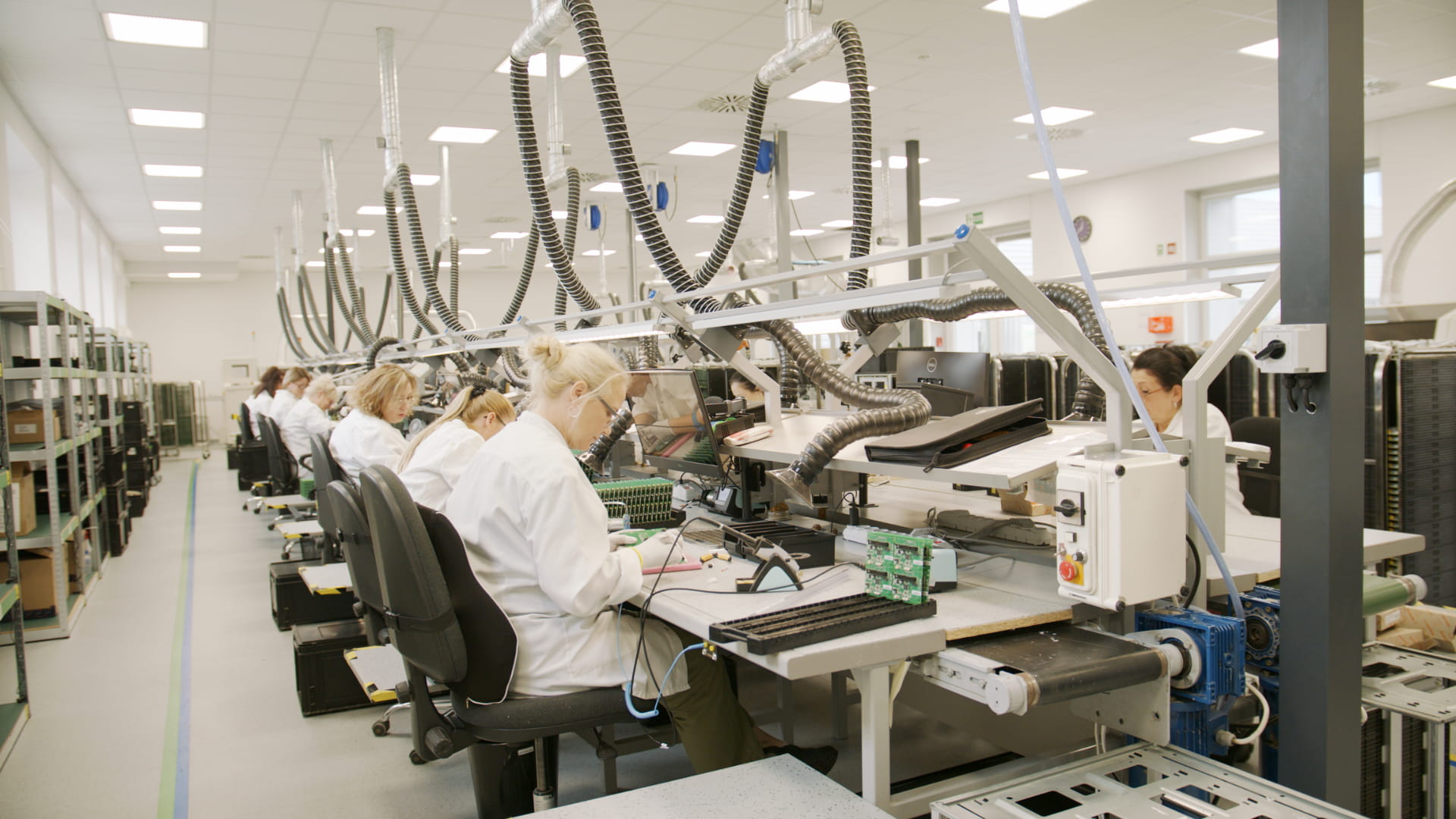Advantages and disadvantages of THT assembly
In the third part of the series of articles about THT assembly, we will discuss the benefits and challenges related to this method of assembling electronic components. What is more, we will take a look at the advantages of using this technology, as well as we will investigate potential challenges and limitations that may occur during the assembly process.
Benefits of using THT assembly
Through-hole (THT) assembly offers a lot of benefits which led to the growth of popularity of this type of assembly in recent years. THT assembly is characterized by huge reliability and durability of electronic and mechanical connections. In that, devices assembled using THT assembly are more resistant to vibrations, hits, or extreme temperatures.
In THT-assembled devices, it is easier to replace components in case of malfunction which makes the repair and service processes more efficient. What is more THT assembly is cheaper when compared to SMT assembly, especially in the case of prototypes or small-size manufacturing.
It is necessary to mention that THT assembly enables the use of bigger and more resistant components which is crucial in manufacturing devices that need to withstand big current loads or high power.
Challenges and limitations of THT assembly

Despite its advantages and benefits THT assembly also has its limitations. First and foremost, the assembly time is usually longer when compared to the SMT production which may affect the effectiveness of production processes. Apart from that mounting and dismounting of THT components may be more laborious, especially in the case of manual assembly.
It is worth mentioning the limitations connected to the soldering process – THT assembly requires using more solder which may lead to an increase in the weight of the device. The amount of solder may also influence the energy efficiency of the device. The THT assembly machines may also be less precise than SMT assembly machines which may influence the quality of the electric connections.
THT assembly and the effectiveness of production processes

Although THT assembly may be less time efficient than SMT assembly there are ways to increase the efficiency of THT production processes. Primarily it is worth investing in technological capabilities such as automatic assembly machines or advanced quality control systems.
In the case of through-hole assembly, it is also worth optimizing the production processes by introducing work standards, training the workers, and monitoring progress. In that, it is possible to achieve better efficiency of production processes even if this technology is less efficient than SMT.
To sum up, THT assembly offers many advantages and benefits such as high reliability, resistance, or ease of servicing but is also a source of challenges and limitations. To achieve the best results, it is worth investing in appropriate technologies, optimizing production processes, and improving the skills and abilities of workers.
Summary
In this section of the articles, we presented a complex guide on THT assembly describing the basis of this method, differences between THT and SMT methods, assembly stages, components, and possible applications as well as challenges of this method. THT assembly is characterized by high reliability and resistance as well as ease of service but is also a source of some challenges such as longer assembly time and limitations in the soldering process.
To achieve the best results, it is worth investing in appropriate technologies, optimizing production processes, and improving the skills and abilities of workers. THT assembly can be used both in small-series production and prototyping as well as in devices that need to be resistant to current load or high power.
To sum up, THT assembly is an important aspect of electronics manufacturing. The understanding and mastering of this method can lead to success in the production of electronic devices.




